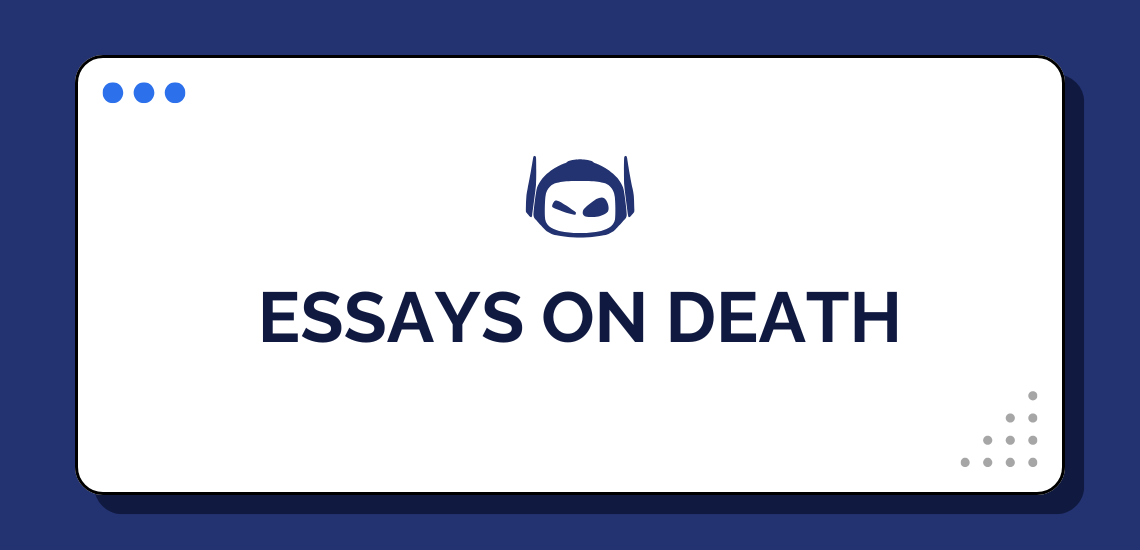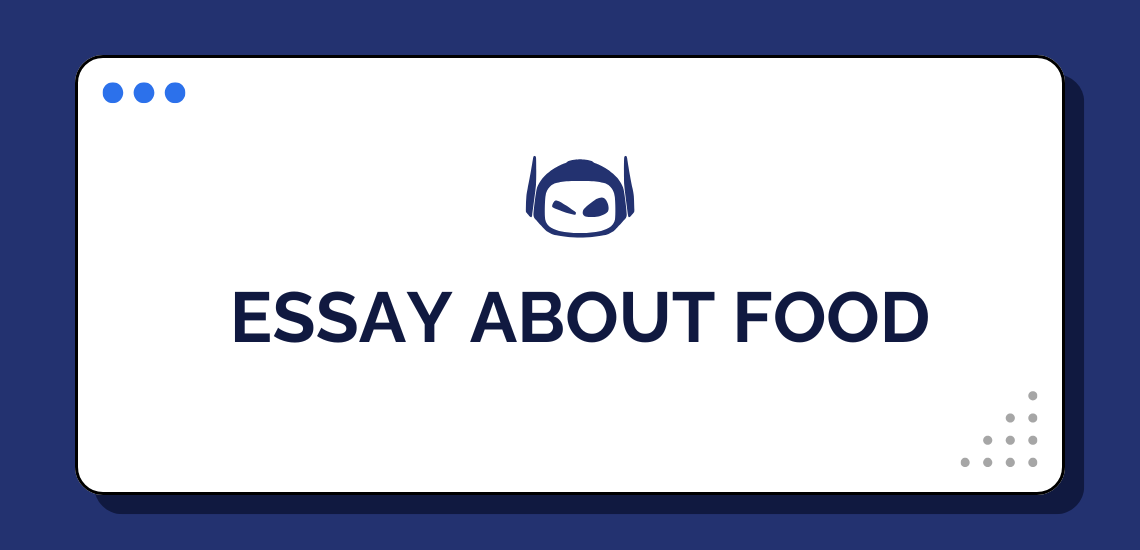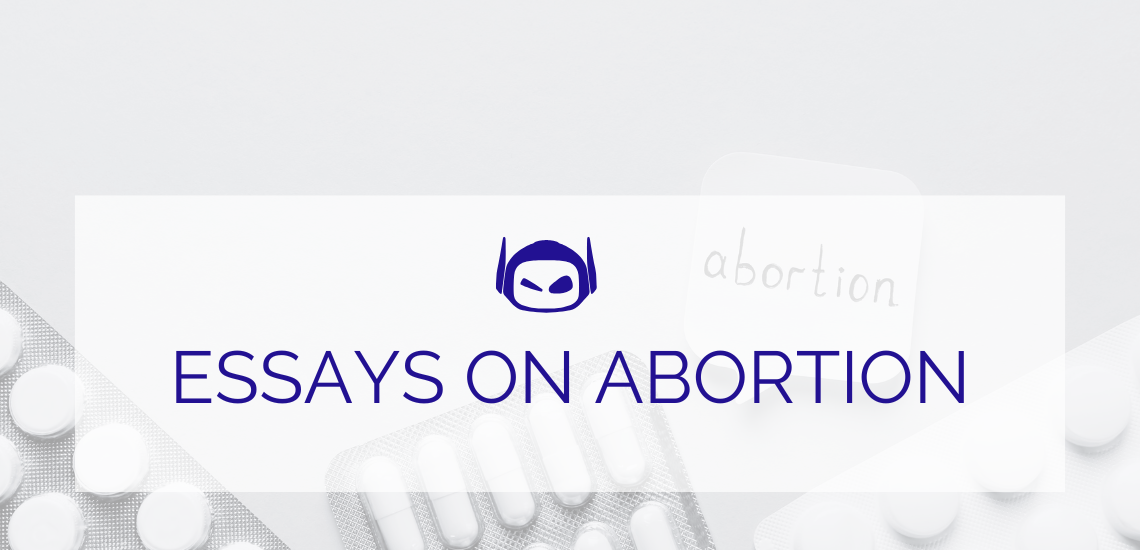
General Guide About Content and Writing
Do you need to write essays on death for your...

General Guide About Content and Writing
Are you writing an essay about food and need suggestions...

General Guide About Content and Writing
There are many different types of essays on abortion that...

General Guide About Content and Writing
Thinking about investing in a quality AI writing tool for...

Are you looking for descriptive essay examples to help you...